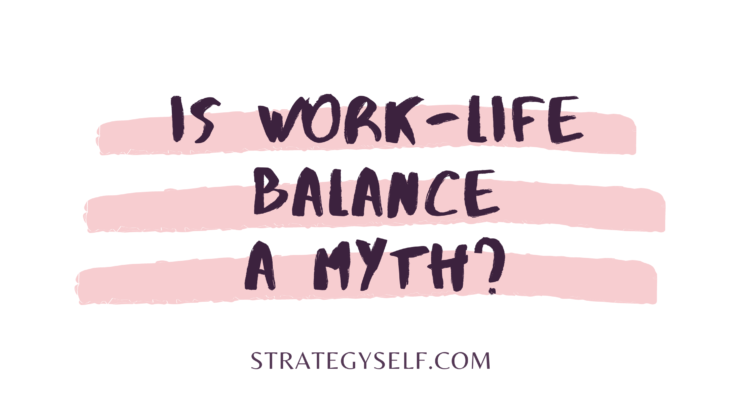Work-life balance is the “balance” of priorities between your personal and professional activities and time. The term balance tends to imply an equilibrium between work and life – a 50-50 investment of our time, effort and energy. But we know that all things in life and work weren’t created equal.
Understanding that work-life balance can be achieved is important, but also recognising that the balance may not be an even 50-50 split is even more critical. What is balance for you, may not be balance for me. And as leaders, we should not expect that all people will have the same expectations for work-life balance.
For ourselves and our our team, being able to maintain a healthy work-life balance:
- Helps to reduce stress
- Help prevent burnout
- Improves both physical and mental wellbeing
- Helps maintain healthy relationships (at home and at work)
- Improves productivity
If you need to create a better work-life balance for yourself, or support a team member who needs to do the same – we’ve listed some key strategies below.
5 Tips to help you create a work-life balance that works for you.
1. Know the current state of play
Firstly, consider whether you have an issue with the current balance of your work and life priorities? Do you feel as though you are present for those who need you? Do you maintain healthy boundaries? Are you stressed about trying to have it all or do it all?
2. Keep a diary
Keep a diary to track where you are spending time, what activities are causing you stress and what activities are bringing you happiness. Take note of how much time some activities are consuming. This will also help you understand how each aspect of your life affects the other, and where there is opportunity for adjustment.
3. What is your ideal situation?
Think about how you want your life to look like. Do you want to do more things that bring you happiness? Or less things that seem like a waste of your time? What are these? When thinking about your ideal situation, it’s also good to think about why? Why is this ideal situation important to you?
4. Start thinking about change
The first step here is to identify what are your non-negotiables? Write them down!
These are the things that are not prepared to negotiate on. These could be matters such as no work after 6pm, no checking emails on the weekend, being in bed by 11pm or one day per week that is free from household chores. Seriously, get out a pen and write them down now. Strategise other options or alternatives to improve your situation to get your work-life balance where it needs to be. Such as, not volunteering yourself to do things (and I mean both work and social), not binge watching a session of Schitt’s Creek or speaking with your partner about having your children start doing chores.
5. Take action
Only you can start implementing actions to create change. After looking at your non-negotiables and other strategies, start communicating these to your colleagues, family and friends. Communicating to colleagues that you won’t be checking emails on the weekend, will manage their expectations regarding a reply. Telling your family that on weekends you won’t be checking emails and that Sunday is family day, will also keep you accountable.
Conclusion
Remember, this is your life, and you set your own rules. Start taking action today, to create a work-life balance that is just right for you.
What are your top three non-negotiables when it comes to work-life balance?
